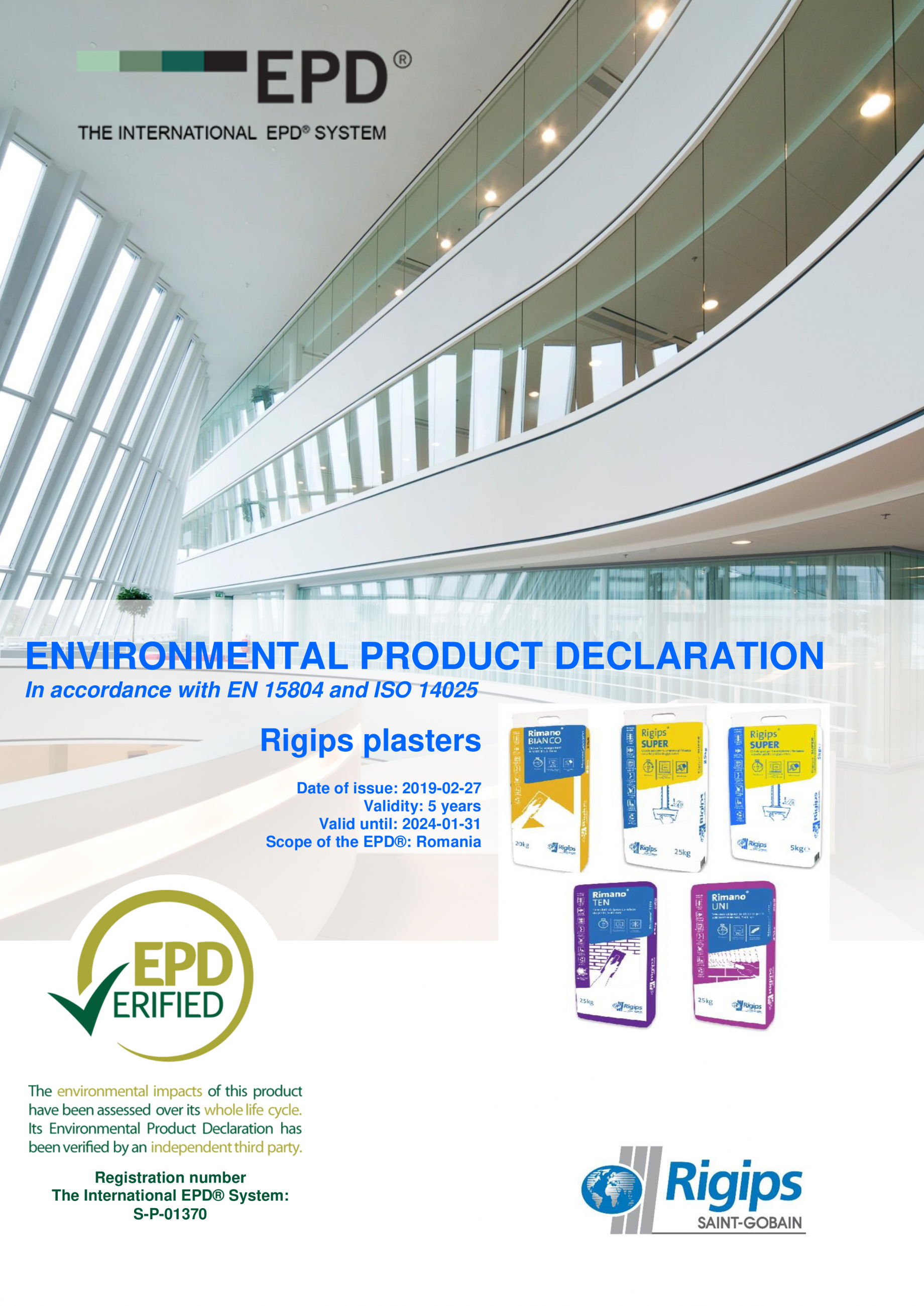

“The reusable nature of wooden pallets makes them a more circular, sustainable form of reusable packaging, and with this EPD, manufacturers will be able to communicate the impacts of their products with more transparency and confidence.”įunded in part by the Pallet Foundation, this EPD solidifies wooden pallets as the clear sustainable choice for supply chains across industries. “UL applauds the efforts of NWPCA and the Pallet Foundation to develop a PCR and now issue an EPD for wooden pallets to better understand the environmental impact they have,” said Alberto Uggetti, vice president and general manager of UL’s environment and sustainability division. This research also complements an independent study published earlier this year at Pennsylvania State University that indicates wooden pallets have a significantly lower carbon footprint than plastic pallets during their life cycle. UL’s PCR was the first of its kind for shipping materials and is used to standardize how environmental impacts are determined.

Through the unique properties of wood, carbon offsets may be achieved by the reuse of pallet materials and substituting wood fuel from pallet waste (e.g., unusable pallets) for natural gas. When considering its life cycle, wooden pallets can have a potential net carbon positive impact. “On top of UL’s Product Category Rules (PCRs) for wooden pallets published last year, this EPD establishes wooden pallets as a leader of environmental stewardship and provides a tool for pallet users to measure their own impacts.” “The findings of the life cycle assessment and subsequent EPD are an affirmation of our belief that wooden pallets are truly nature’s packaging,” said Bob Wenner, President of Pallet Service Corporation. A critical component of the wooden pallet EPD study is a life cycle assessment (LCA), measuring the impacts of a wooden pallet’s product stages of gathering, transporting and manufacturing raw materials, the use and repair of the pallet, as well as its end of life usage. This declaration speaks to the quantitative impact that wooden pallets have on the environment beyond their reusable, recyclable and biodegradable qualities.ĮPDs provide consumers and professionals with transparent and product-specific environmental information through an independent validation from a third-party organization. This document, certified by UL and produced in conjunction with Forest Products Lab, the research wing of the US Forest Service, is the first of its kind for a product in the distribution packaging space. wooden pallets that reinforces the environmental attributes of wooden pallets for the supply chain and procurement industries. In 2020, the National Wooden Pallet & Container Association (NWPCA) and the Pallet Foundation presented an Environmental Product Declaration (EPD) for U.S. To develop usable EPD’s for the wooden pallet, the Pallet Foundation funded a research project with the USDA Forest Products Lab. The results of the LCA study are summarised in the EPD report, which shows the impact on various environmental aspects for each stage of the life cycle (production, transport, use, disposal and reuse).Explaining the EPD for Wooden Pallets Background & the ResearchĮnvironmental Product Declarations (EPD’s) are fast becoming the worldwide standard for comparing materials and products for their environmental impact.

Based on your selection, we know which materials are used and can create a life cycle assessment (LCA) for your project or product. With our WICTOP software, regardless of the size of your project - a whole building or a single system - you can assess its environmental impact on our planet.

In summary, an EPD is a scientific, transparent and sound document that is used for many different applications, including: An Environmental Product Declaration (EPD) is not only limited to products, such as a window, but can also be applied to materials (an aluminium billet), assembly parts of products or even for services (like maintenance).


 0 kommentar(er)
0 kommentar(er)
